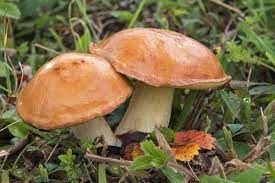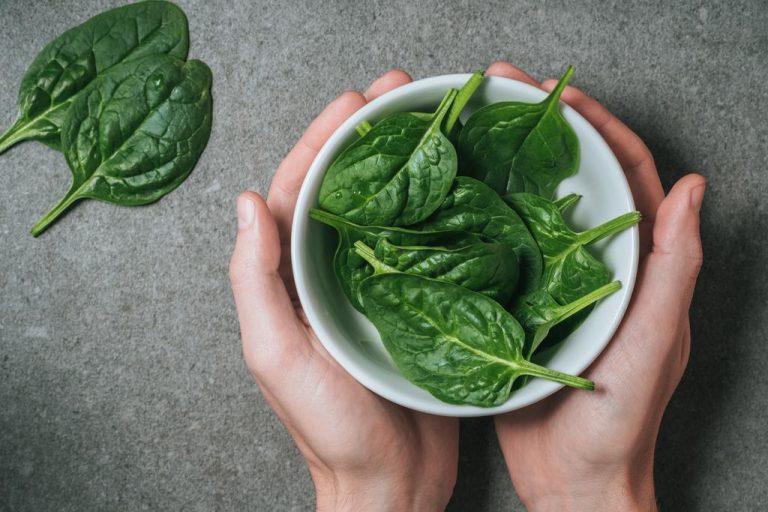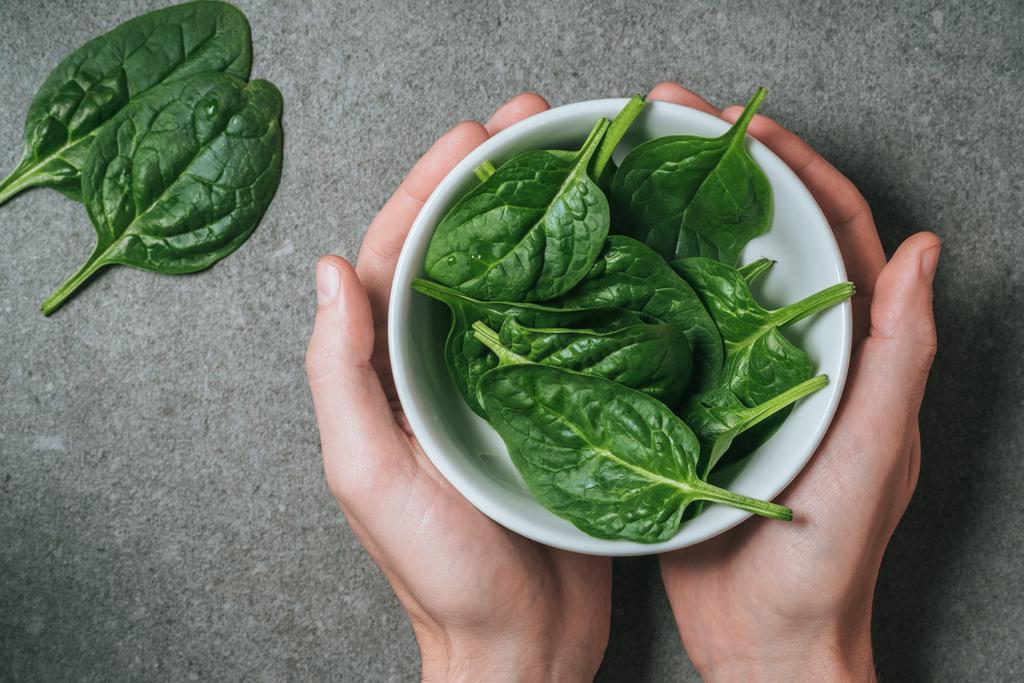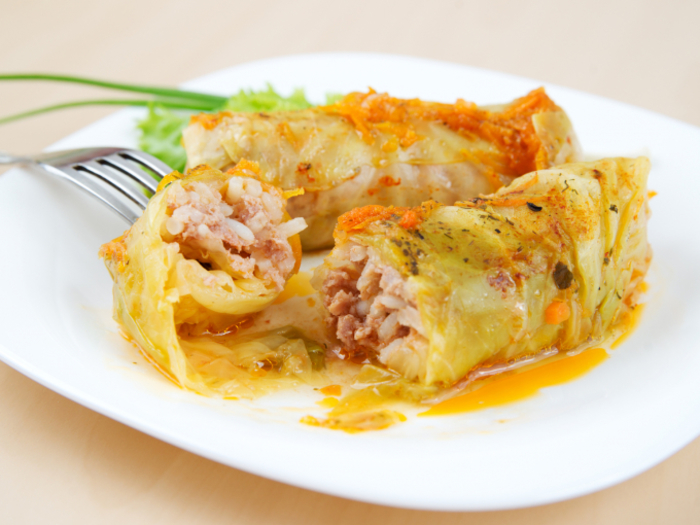Cosmetic surgery has advantages and disadvantages. While one can correct one’s perceived flaws with surgery, cosmetic surgery can also entail risks. Therefore, there are a few things to consider before a beauty operation. As a result, we have an overview of all the advantages and possible dangers.
More beauty through surgery
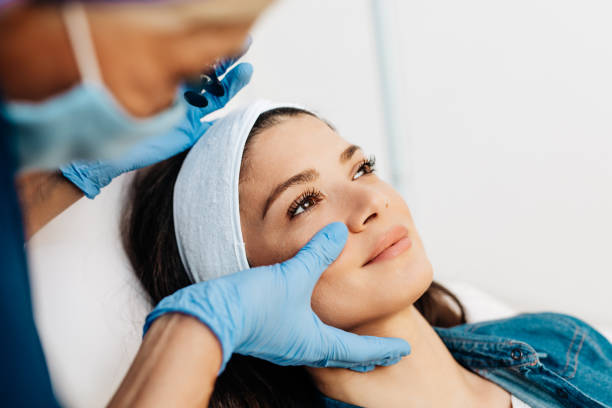
Cosmetic surgery often refers to interventions that are not medically necessary. However, they are held for personal reasons. For example, if you don’t like your nose, you would like bigger breasts or fuller lips. According to statistical data, breast augmentation is the most common beauty operation, closely followed by liposuction and eyelid correction. But cosmetic surgery can also be carried out after serious accidents, burns, or other disfigurements. An operation can therefore help to close the physical and psychological scars and enable a normal life.
Cost of an intervention
In most cases, you will have to pay the cost of the procedure yourself. Because health insurance companies rarely or not at all cover the costs of the surgery. And the price of many cosmetic surgeries is quite high. Of course, this varies depending on the type of surgery. While small procedures, such as botox or hyaluronic acid injections, are available for as little as 100 euros and can also be carried out by beauticians, invasive procedures are more expensive and can cost up to 7000 euros or more. However, these can only be performed by specialists in plastic and aesthetic surgery. As soon as you have the money for a cosmetic operation together, you should get good information and advice.
Benefits of Plastic Surgery (Pro)
When it comes to cosmetic corrections, there are many advantages. Because such an intervention can strengthen self-confidence and enable people with disfigurements to lead an improved life. The desire for a better appearance is often the reason for medical measures. Whether there is a desire to look younger or someone who desires a perfect beauty, nowadays looks are changeable like never before. This results in the following advantages of cosmetic surgery:
- Problem areas disappear and those affected benefit from increased self-esteem.
- Chance to restore normal physical condition, e.g. after serious illnesses or accidents.
- Many procedures are now routine so that risks are reduced.
- The costs of cosmetic surgery have fallen, and procedures are cheaper, especially abroad.
Risks of Cosmetic Surgery (Contra)
A health risk must always be separated from the moral aspects. Every procedure involves considerable effort for the body and mind. In addition, cosmetic surgery involves risks, so unsuccessful cosmetic surgery or complications can have serious consequences. For example, breast augmentation can negatively affect breast milk supply in pregnant women. As a result, you should think carefully about surgery. Also, read the dangers and advantages of liposuction and the advantages and disadvantages of an eyelid lift.
- Every surgical procedure involves a medical risk. Even if cosmetic surgery is routine, there is still a risk. For example, infections, bleeding, scars, thrombosis, or nerve damage can occur. Implant rejection or tissue death can also occur.
- Cosmetic surgery can be addictive because as you get older, you can always find a flaw in yourself.
- For psychological reasons, a WOW effect often does not occur.
- The risk of getting into debt is great because the industry and advertising are always setting new ideals of beauty.
Types of Cosmetic Surgery
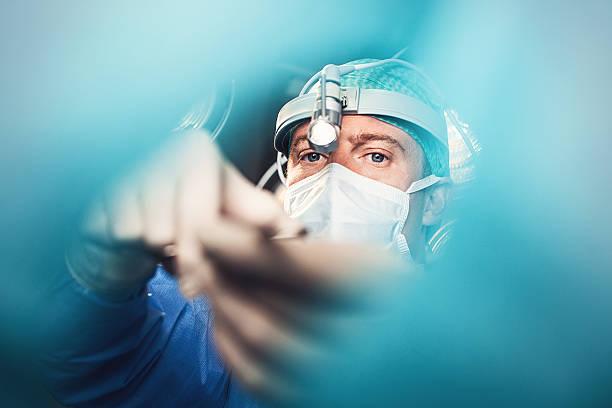
Consequently, there are both advantages and disadvantages. You have to decide individually which of the two is more important for you. In addition, you should always look for qualified personnel to carry out such an operation, who will give you good advice and point out all the risks. You should also be well prepared for cosmetic surgery abroad and arrange treatment contracts according to German law if possible. If you decide to have cosmetic surgery despite the risks, you can perform the following procedures:
- lip correction
- plumping of the lips
- Treatment of wrinkles with fillers or botox
- Rhinoplasty
- eyelid tightening
- chin correction
- zygomatic correction
- ear correction
- Breast lift, breast augmentation, or breast reduction
- sweat gland removal



